Looking for 3 inch letter stencils, but not just any. Need them for a community project on a tight budget. Big stores have them but too pricey. Could make them, but don't know where to start. It's a puzzle needing a solution quickly.
We got you covered for your project needs. Printable 3-inch letter stencils we crafted, easy to cut out and perfect for all sorts of crafts. They’re simple to use - just print and start tracing or painting. Great way to make signs, decorations, or even teach little ones their ABCs. Making your crafting seamless and fun, no fancy tools needed.

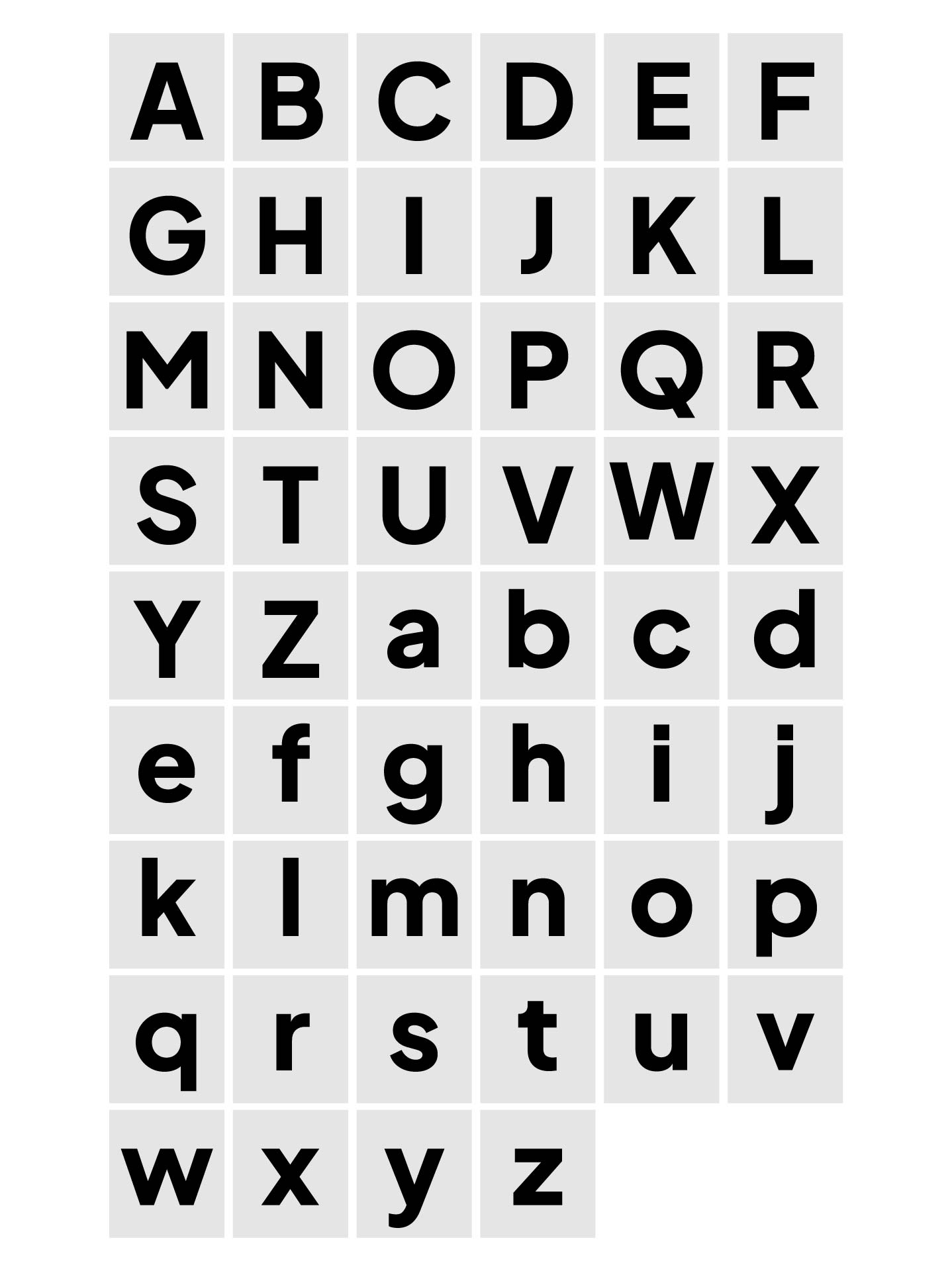
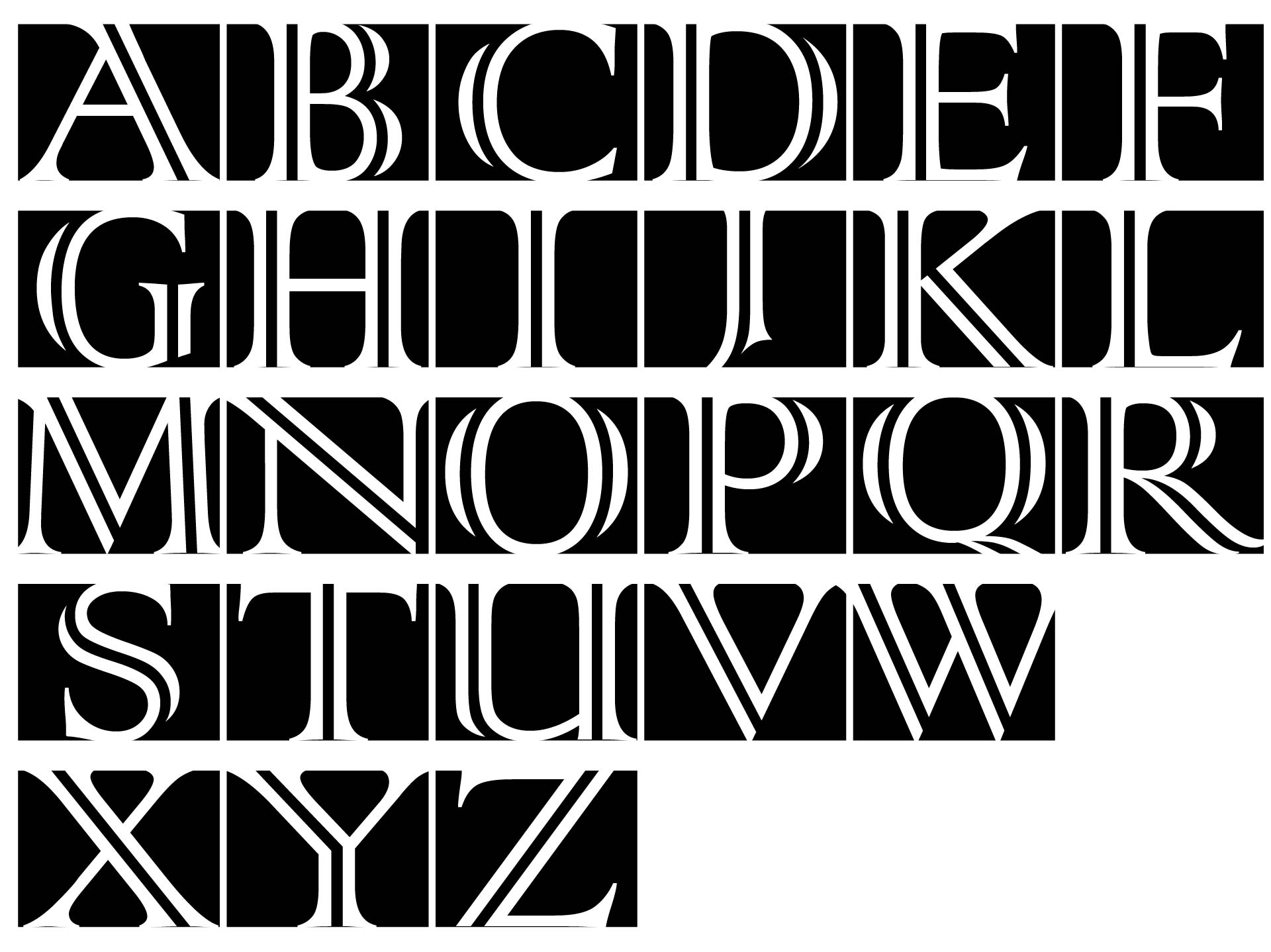
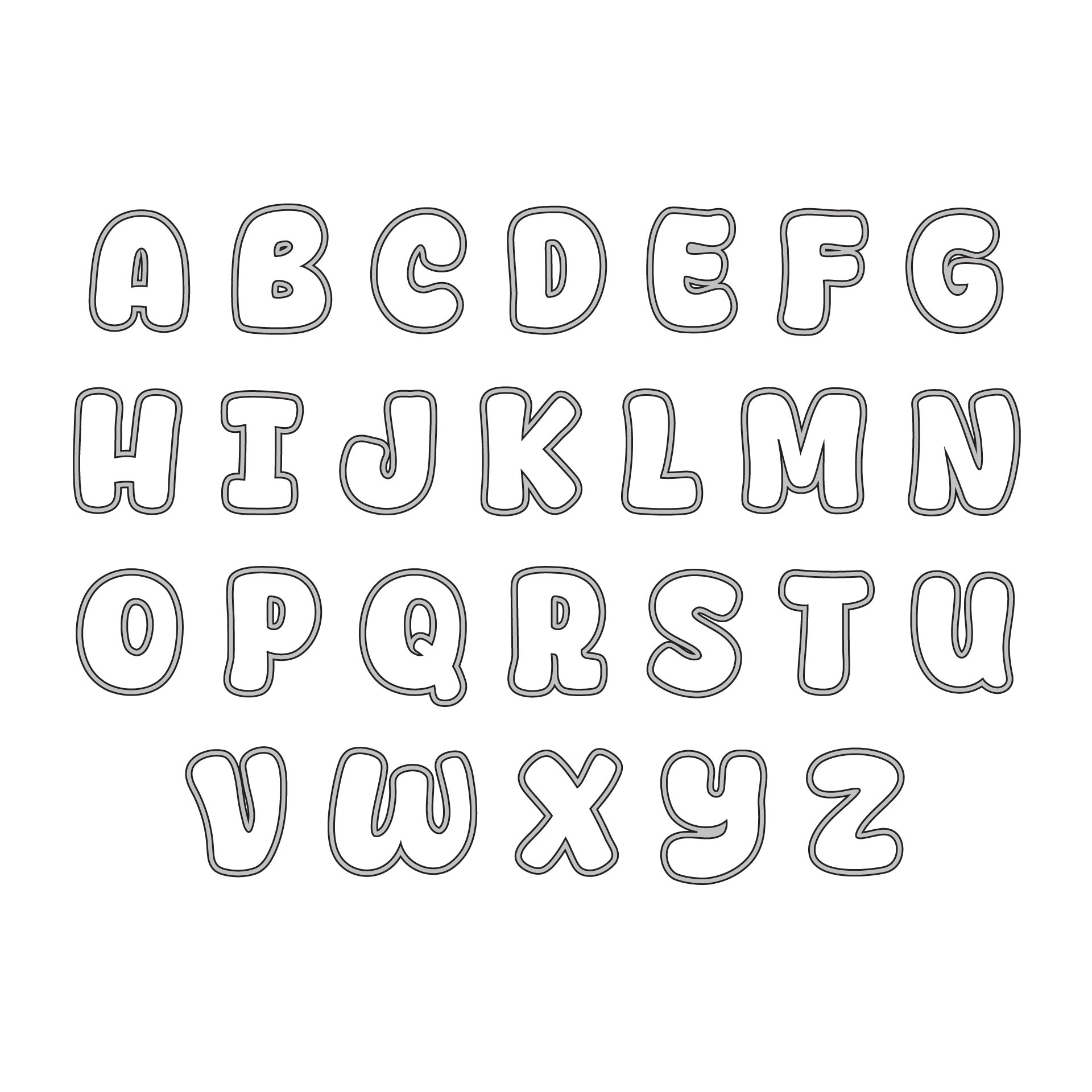
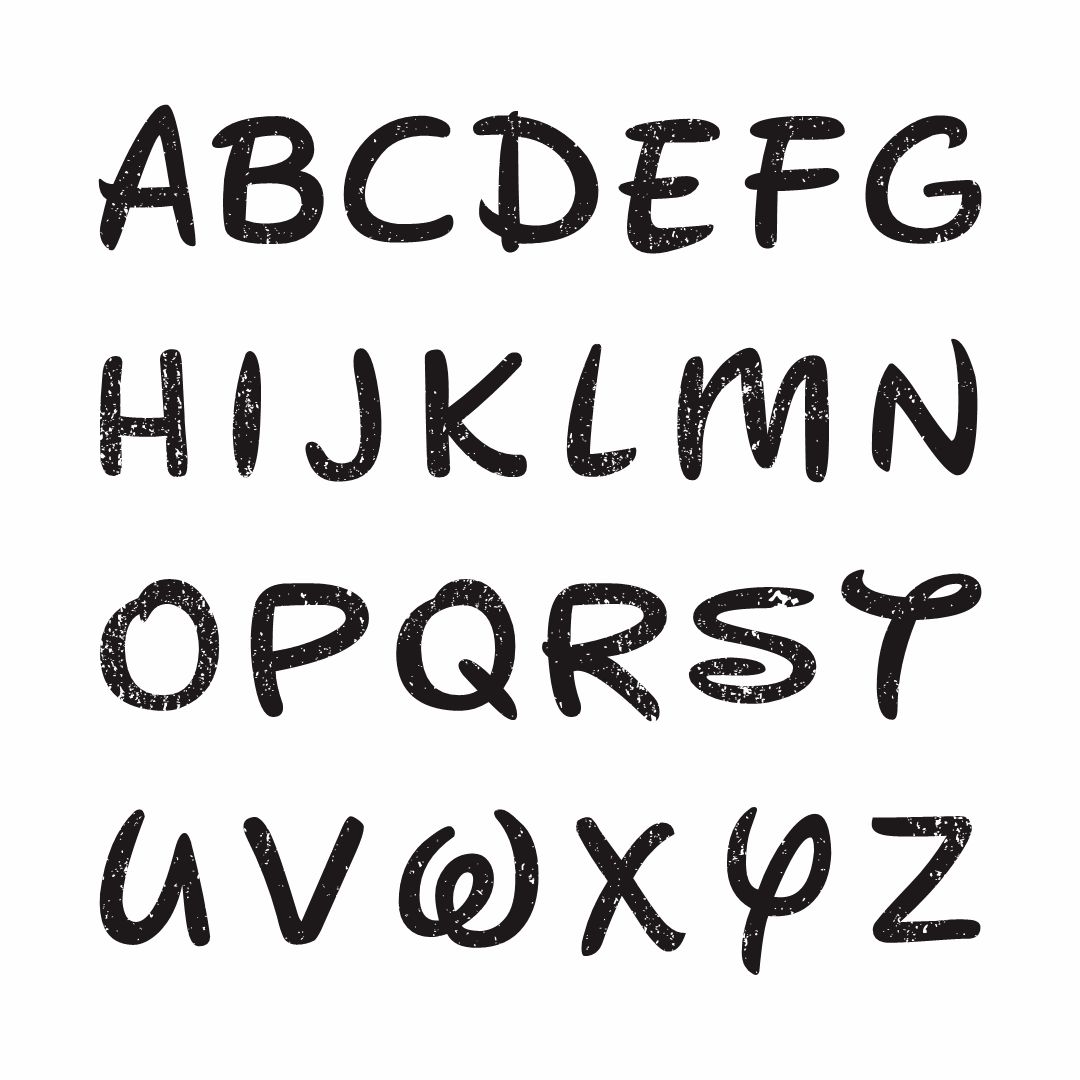

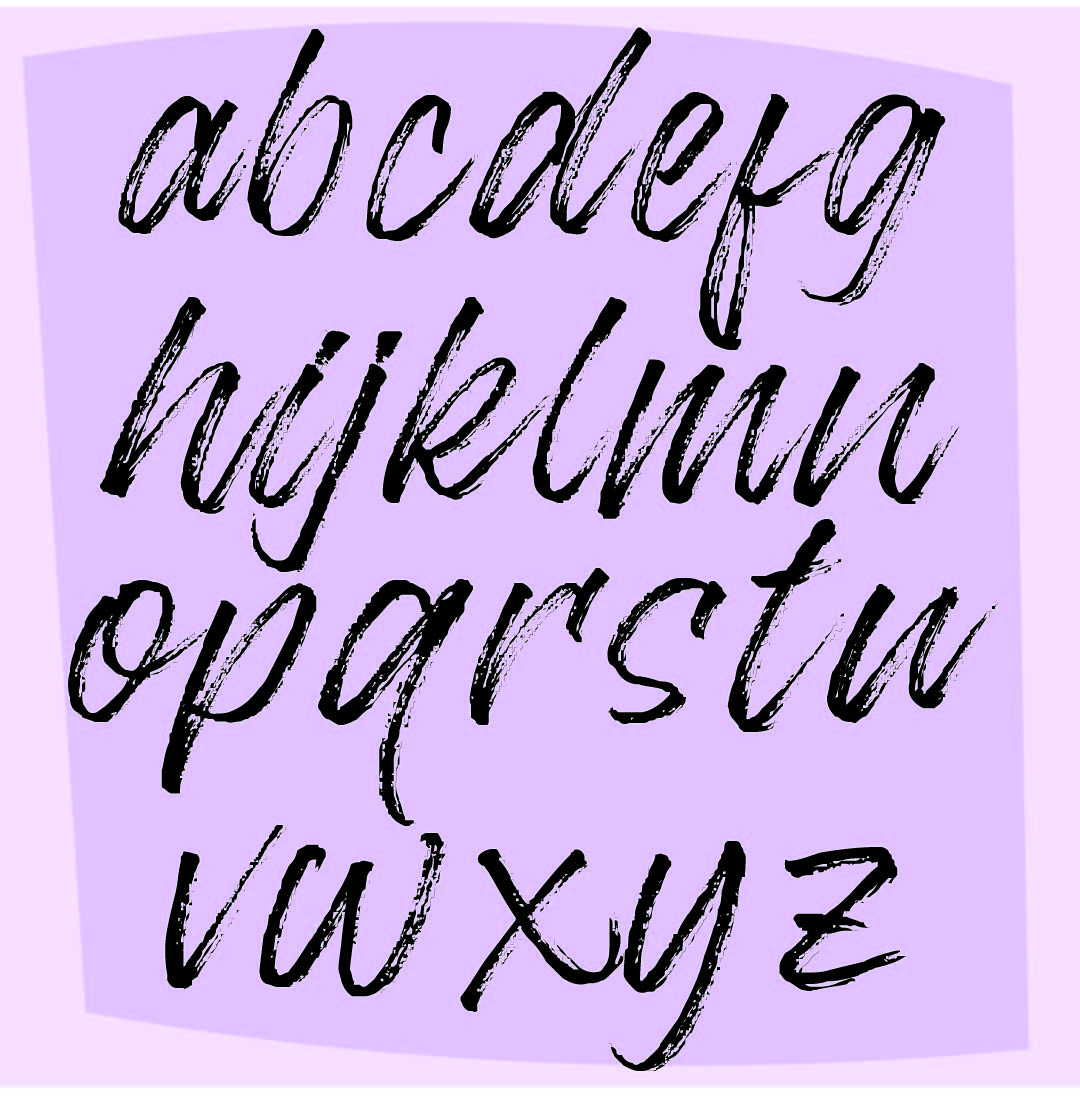
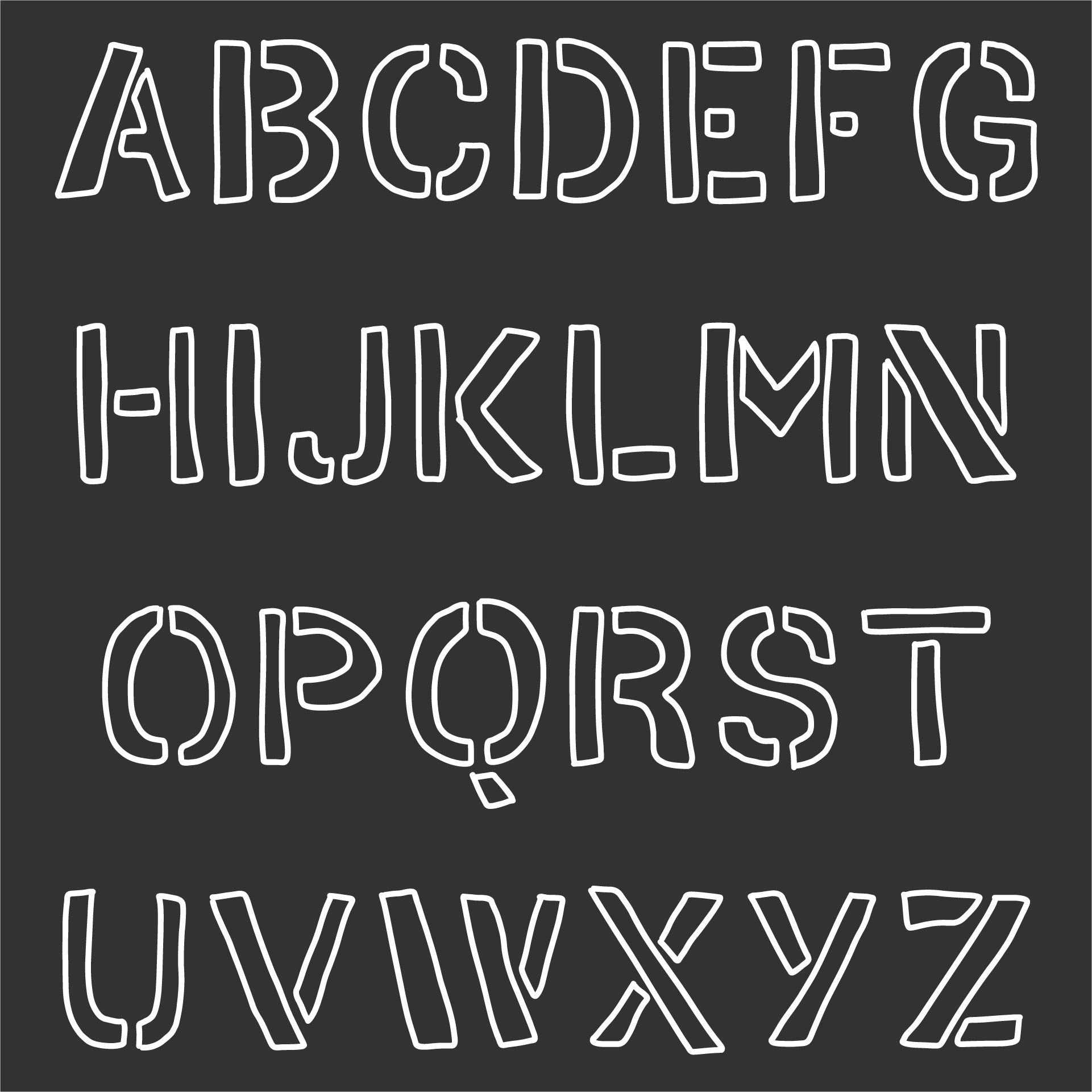
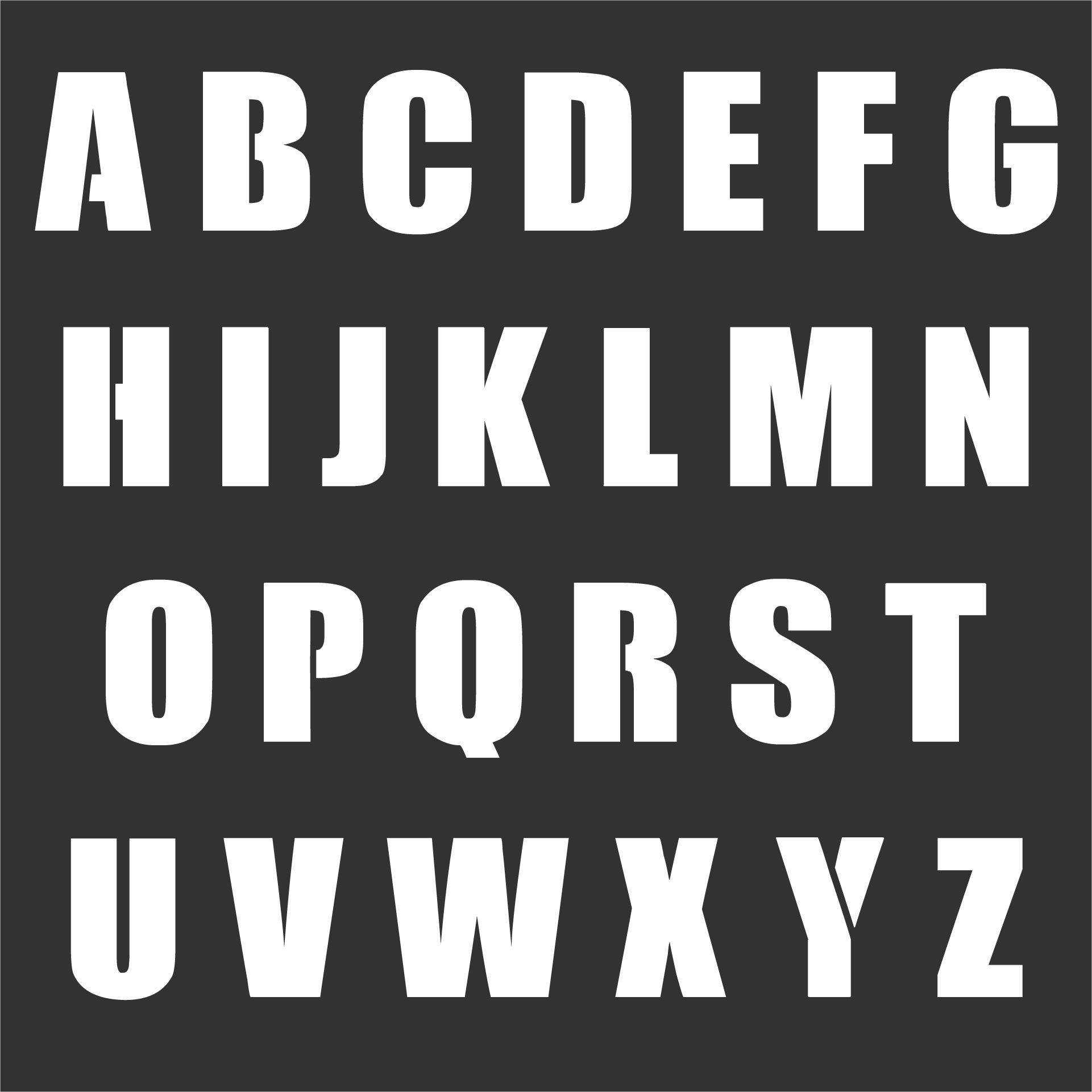
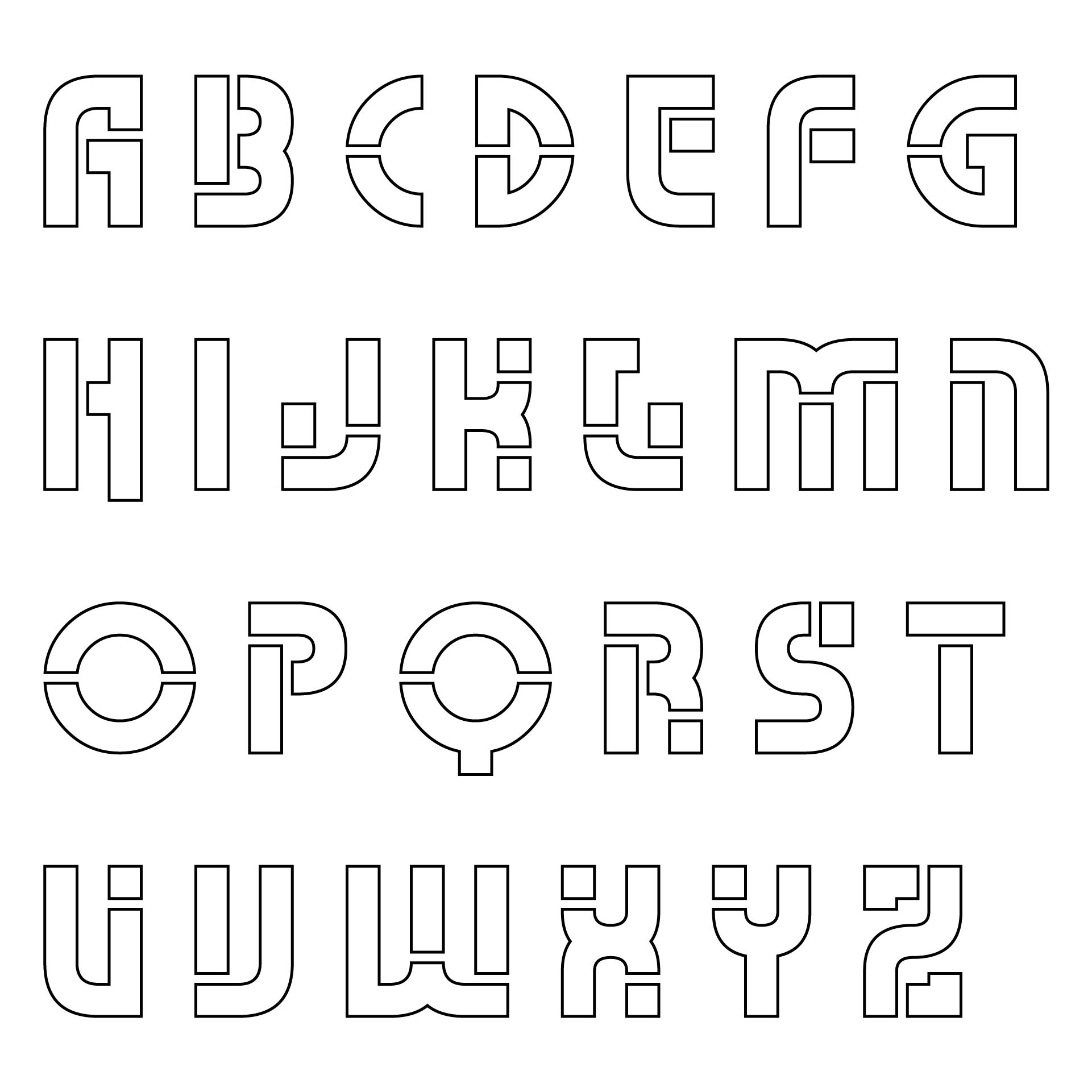
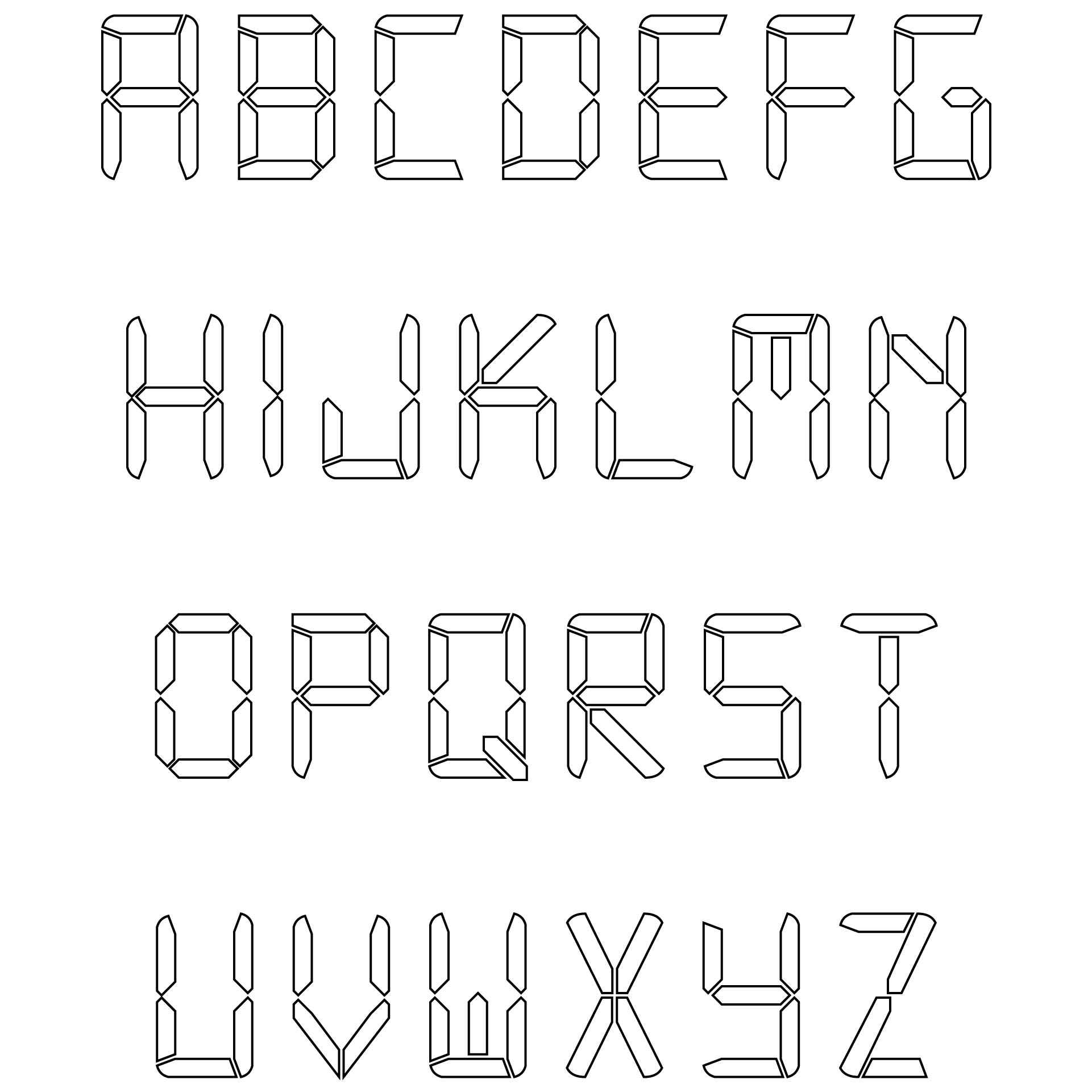
Letter stencils are versatile tools perfect for various DIY or artistic ventures. Here are several pointers for crafting and using them effectively:
Material Selection. Pick a stencil material that fits your project. Examples include cardboard, plastic, stencil film, or thick paper. Evaluate the material's durability, flexibility, and ease of cutting.
Preparation. Ensure your stencil material is cut accurately using a ruler or a template for clean, straight edges if needed.
Font and Size Choice. Select the font style and size, keeping in mind that bolder, simpler fonts are typically better for stencils. Ensure letters with internal spaces ('A', 'O') have connecting bridges to keep their form.
Cutting Techniques. Use a sharp craft knife, utility knife, or other precision cutting tools to create clear, clean edges on your stencil letters.
Securing the Stencil. Use masking or painter's tape to secure your stencil and prevent any movement, using additional tape or weights if needed.
Paint Application. Choose suitable paint or ink for your project, like acrylic or spray paint. To avoid bleeding, apply evenly and avoid overuse of paint, preferring multiple thin coats if necessary.
Stencil Removal. Carefully remove the stencil while the paint is still wet. If dried, use a craft knife or tweezers to help lift and remove it.
Cleaning and Reusing. If your stencil is durable, clean and dry it after each use, storing it flat so it retains its shape.
Embrace the potential for uniqueness and experimentation with stencils by combining, layering, or altering designs to create diverse effects. Experiments with colour, texture, or materials can greatly enhance the visual appeal of stencil work. Discover more stencil designs in this printable block letter stencils.
Have something to tell us?
Recent Comments
These free printable 3 inch letter stencils are a convenient tool for creating personalized signs or crafts, making it easy to add a professional touch to your projects.
Free printable 3-inch letter stencils offer a convenient and cost-effective way to personalize crafts, signs, and other projects with precise and uniform lettering, enabling users to effortlessly create professional-looking designs.
Free printable 3-inch letter stencils are a convenient and cost-effective way to add personalization and creativity to your projects, whether it's scrapbooking, DIY crafts, or home decor.